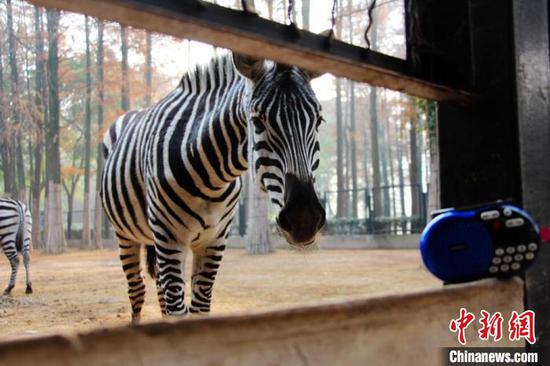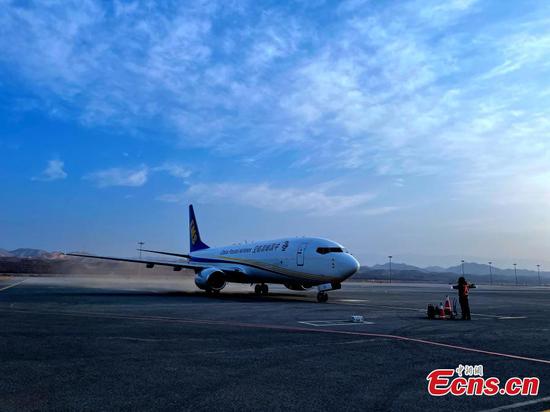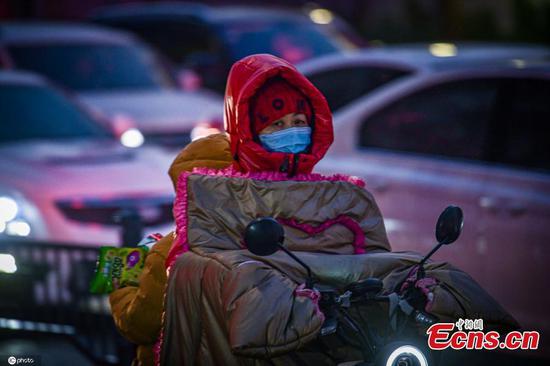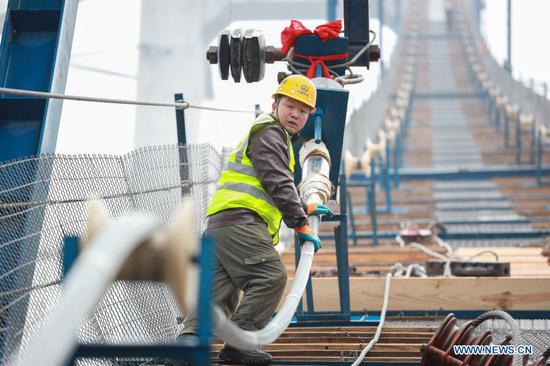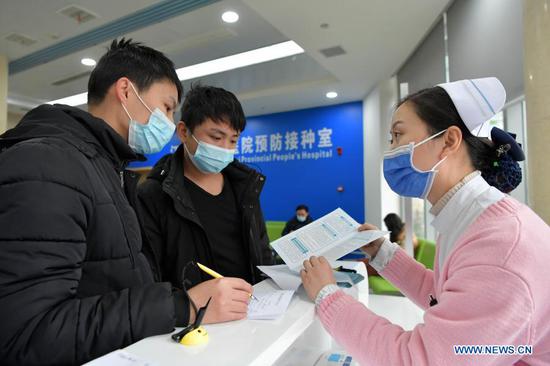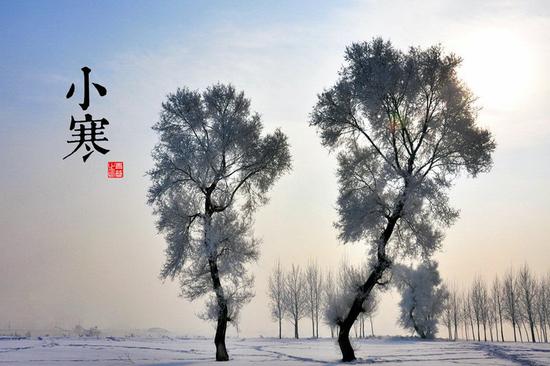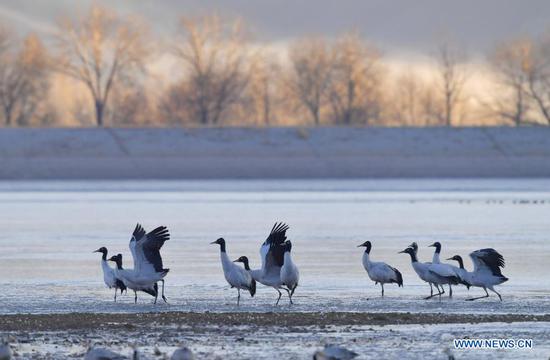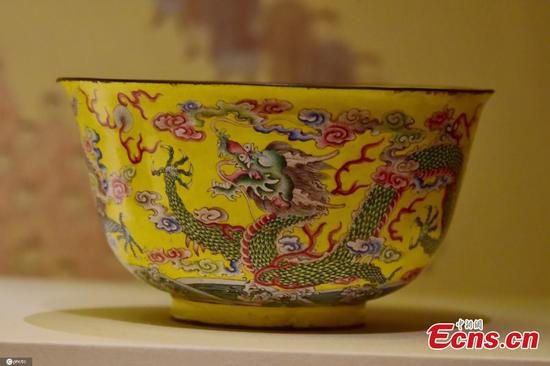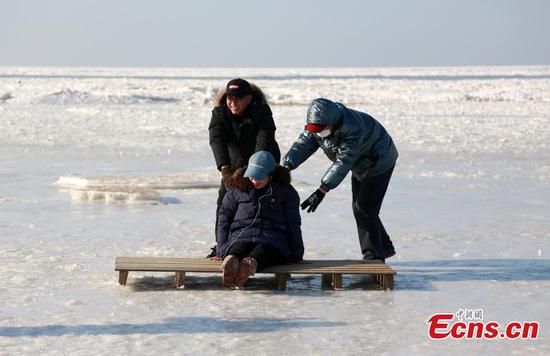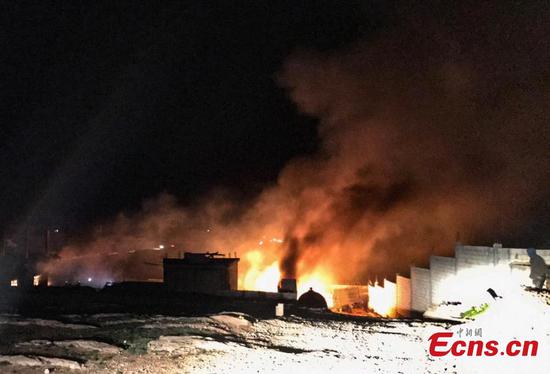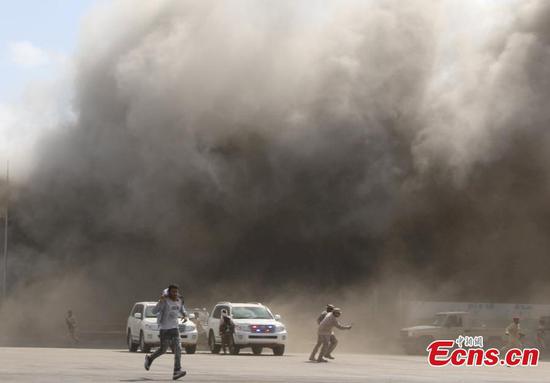II. Present truth based on facts
Population is considered endogenous to economic growth, and is closely related to economic and social development. Populationsituationplays an important role in optimizing resource allocation, promoting trade circulation and enhancing economic vitality. The economic and social development of Xinjiang bears on the well-being of the people of all ethnic groups there, and the population situation of all ethnic groups is of great significance to the economic and social development of Xinjiang.
1. Analysis of Xinjiang's population situation based on population growth trend
According to the statistics released by the Statistical Bureau of Xinjiang Uygur Autonomous Region, the year-end resident population of Xinjiang totals12.3301 million in 1978, 18.4941 million in 2000,24.8676 million in 2018.Compared with 1978 and 2000, Xinjiang'syear-end resident population in 2018 increased by 12.5375 million and 6.3735 million respectively.Looking at the growth trend of Xinjiang's Uygur population, the number was 5.5553 million in 1978, 8.5233 million in 2000, and 11.6786 million in 2018. Compared with 1978 and 2000, Xinjiang's Uygur population in 2018 increased by 6.1233 million and 3.1553 million respectively. Looking at the growth trend of Xinjiang's Han population, the number was 5.129 million in 1978, 7.2508 million in 2000, 7.8574 million in 2018. Compared with 1978 and 2000,Xinjiang's Han population in 2018 increased by 2.7284 million and 6.066 million respectively. It is clear that there was an upward trend in Xinjiang's total year-end resident population, both the population of the Uygur and of the Hans.
Concerning the health development of all ethnic groups in Xinjiang, since the founding of the people's Republic of China in 1949, physical fitness of the ethnic populations in Xinjiang has been greatly improved thanks to the rapid development of the medical and health care system. According to the statistics released by the Statistical Bureau of Xinjiang Uygur Autonomous Region, the death rate in Xinjiang dropped from 20.82‰ in 1949 to 4.56‰ in 2018, a drop of 16.26‰. It demonstrates that the right to health of Xinjiang's ethnic populations has been effectively protected.
2. Analysis of Xinjiang's population situation based on population structure
According to the data released by the Statistical Bureau of Xinjiang Uygur Autonomous Region, over the 40 years from 1978 to 2018, the ratio of male to female in Xinjiang remained stable. As Table5 shows, from 1978 to 2017, the male population in Xinjiang remained slightly larger than the female population. In 2018, the female population in Xinjiang surpassed the male population for the first time in 40 years. According to the statistics, in 2018, there were 12.3983 million men in Xinjiang, accounting for 49.86% of the total population; the female population was 12.4693 million, accounting for 50.14%. However, looking at the gender composition in Xinjiang over the past 40 years, the proportion of male to female remained an overall balance. Therefore,we can say gender selection is almost non-existent in Xinjiang.
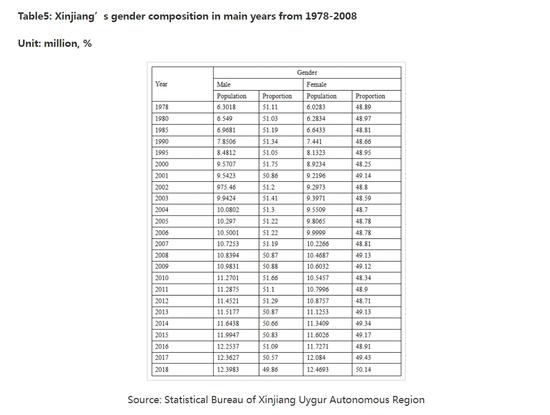
3. Analysis of Xinjiang's population situation based on educational levels
A thriving education makes a thriving country and a powerful education makes a powerful country. The situation of higher education is an important indicator of a country or region's development and potential. Presently, Xinjiang is in the golden period of development, and the need for science and talents becomes more urgent than ever. According to the Statistical Bureau of Xinjiang Uygur Autonomous Region, the number of students in Xinjiang's institutions of higher learning was 10,229 in 1978, and the figure rose to 398,751 in 2018. That is to say, from 1978 to 2018, the number of students in institutions of higher learning in Xinjiang increased by 388,522. From a diachronic perspective, as shown in Chart 3, the number of students in institutions of higher learning in Xinjiang has been increasing year by year since 1978. The number went straight upespeciallyafter2000.The data suggests that the right to education of people of all ethnic groups in Xinjiang has been effectively protected.

III. Conclusion
To respect and protect human rights is prescribed by the Constitution of China. At present, China's Xinjiang has made new progress in the cause of human rights. However, some western politicians and anti-China "scholars" are fabricating all kinds of lies relating to Xinjiang affairs and other Chinese affairs out of ideological bias or
other ulterior purposes. No matter how the lies are beautified, they will always be debunked when faced with the truth. Through an analysis of the population data, this paper offers a clear presentation of Xinjiang's actual population situation. It is undoubtedly a powerful response to the western politicians and "scholars" smearing Xinjiang's human rights situation from the perspective of population.
As a product of historical conditions, human rights is bound to develop with the development of historical conditions. At present, Xinjiang is in the golden period of prosperity and development. The rapid economic development in Xinjiang has laid a solid material foundation to the cause of human rights in Xinjiang, and the harmonious and stable society have provided favorable social conditions. The positive momentum of Xinjiang's population situation is a strong proof that the human rights of people of all ethnicities in Xinjiang have been guaranteed and promoted all the time. The people of all ethnicities in Xinjiang have a common goal of pushing for continuous progress of human rights, and they will work together to strengthen the protection of human rights and promote the progress of human rights among people of all ethnic groups in Xinjiang.









